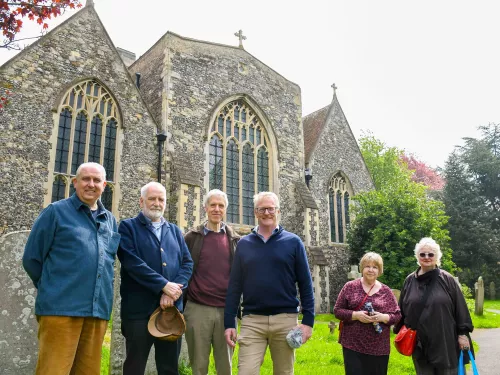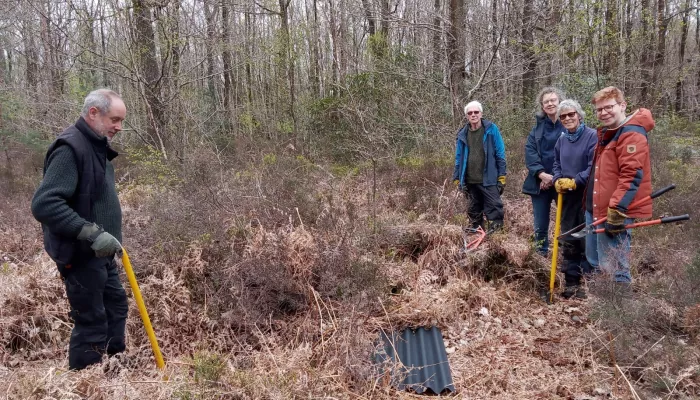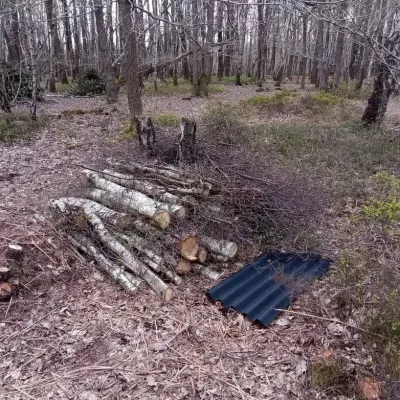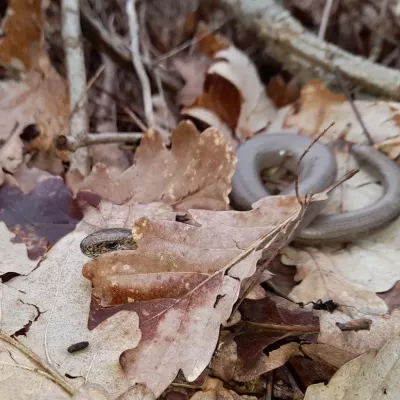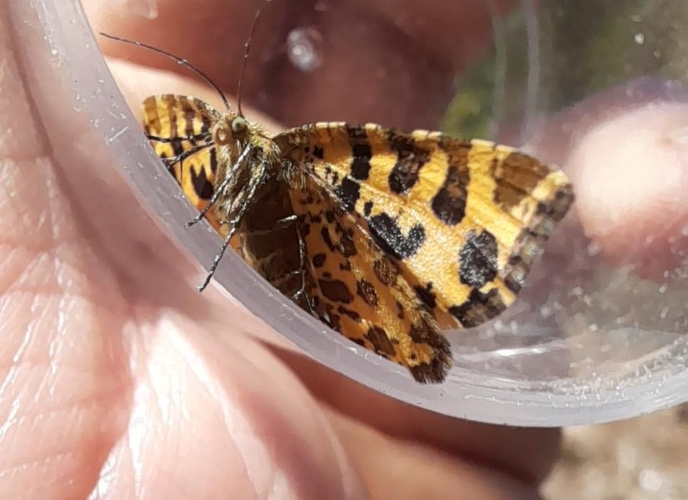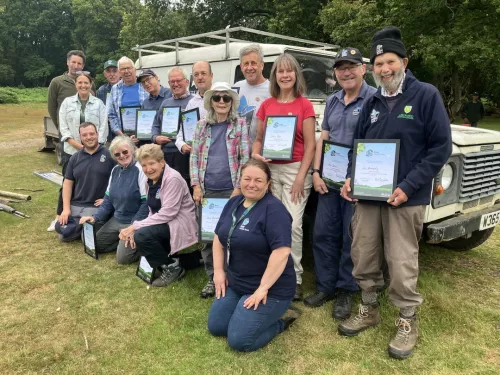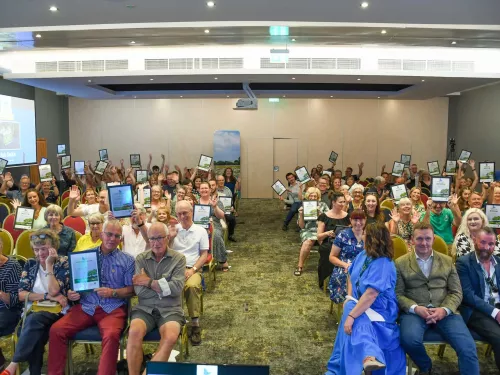I led a dawn chorus and bird song identification day this month, impressed to have 11 volunteers keen (or keen enough) to meet at 5am just before sunrise! It was a great morning spending a few hours walking through Bitchet Common, helping people recognise 19 different bird songs or calls. Blackcaps stole the show – whenever I asked people to rethink their identification of a bird's song, they soon got the hint that I was suggesting a blackcap every time! We even got to see a nice couple of them bouncing through low branches in song – helpfully proving I wasn’t making it up, they really do predominate.
We’ve still been hard at work, with seas of countless green-leaved birch saplings bursting through the heather and bilberry – we have to pull them all out whilst they’re still small, to protect the precious heathland habitats we’ve been working so hard to restore; and keep woodland succession at bay. That means task day, after task day, using tree-poppers with impressive productivity from the group!
We also tidy-up loosely laid dead-hedging from larger-scale, more-so industrial clearance work widening the woodland rides – we create better quality habitat from the materials, increase space and soften boundaries for heathland to spread into woodland edges.
Our vendetta with rhododendron and cherry laurel is ever-present – someone’s always keen to swing a mattock to dig these out (regardless of scale!) before they spread more!
And tree guards – you never know how many tree guards litter a woods until you go looking for them – and the amount of plastic our volunteers remove from the landscape is admirable!
